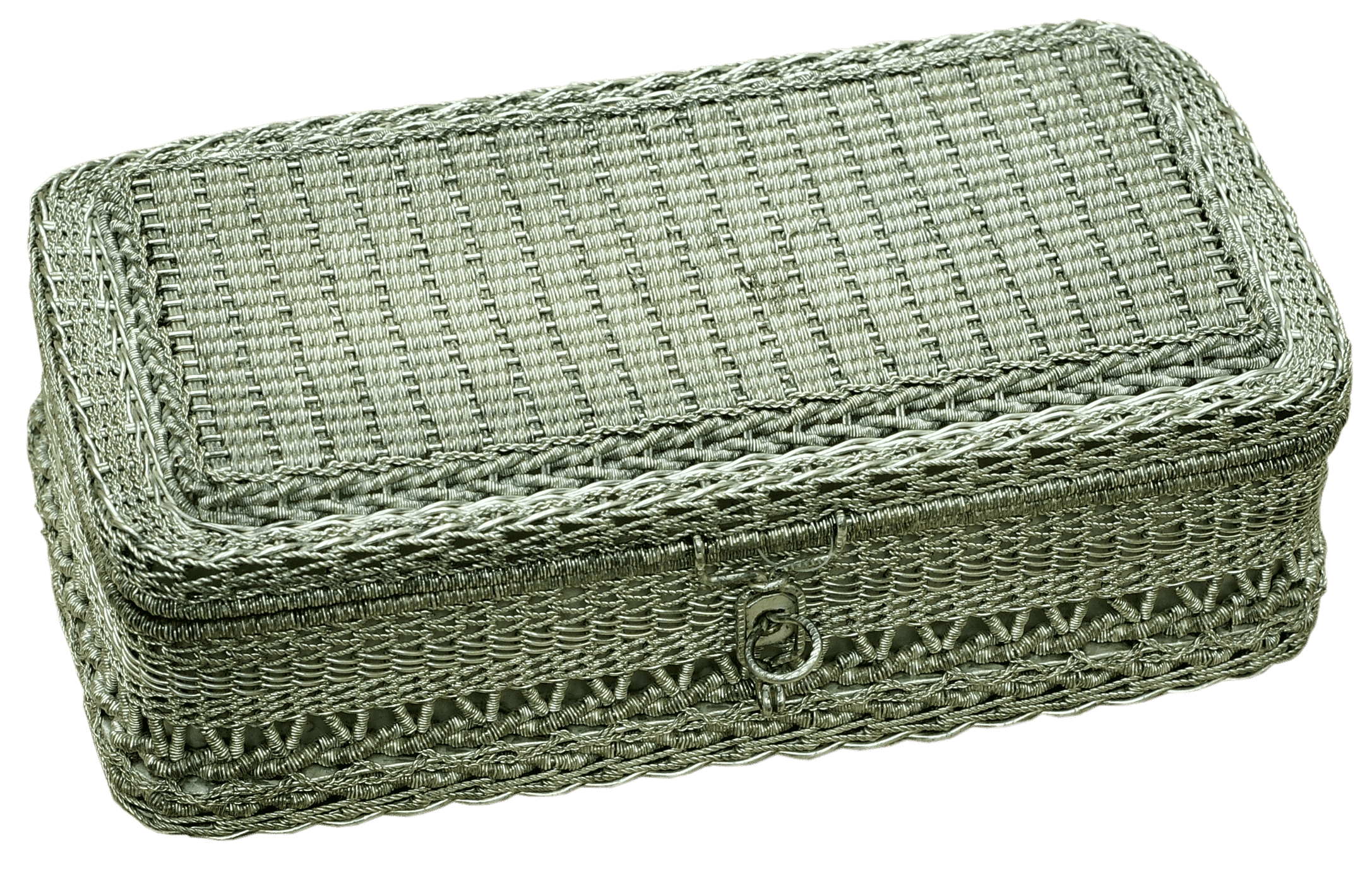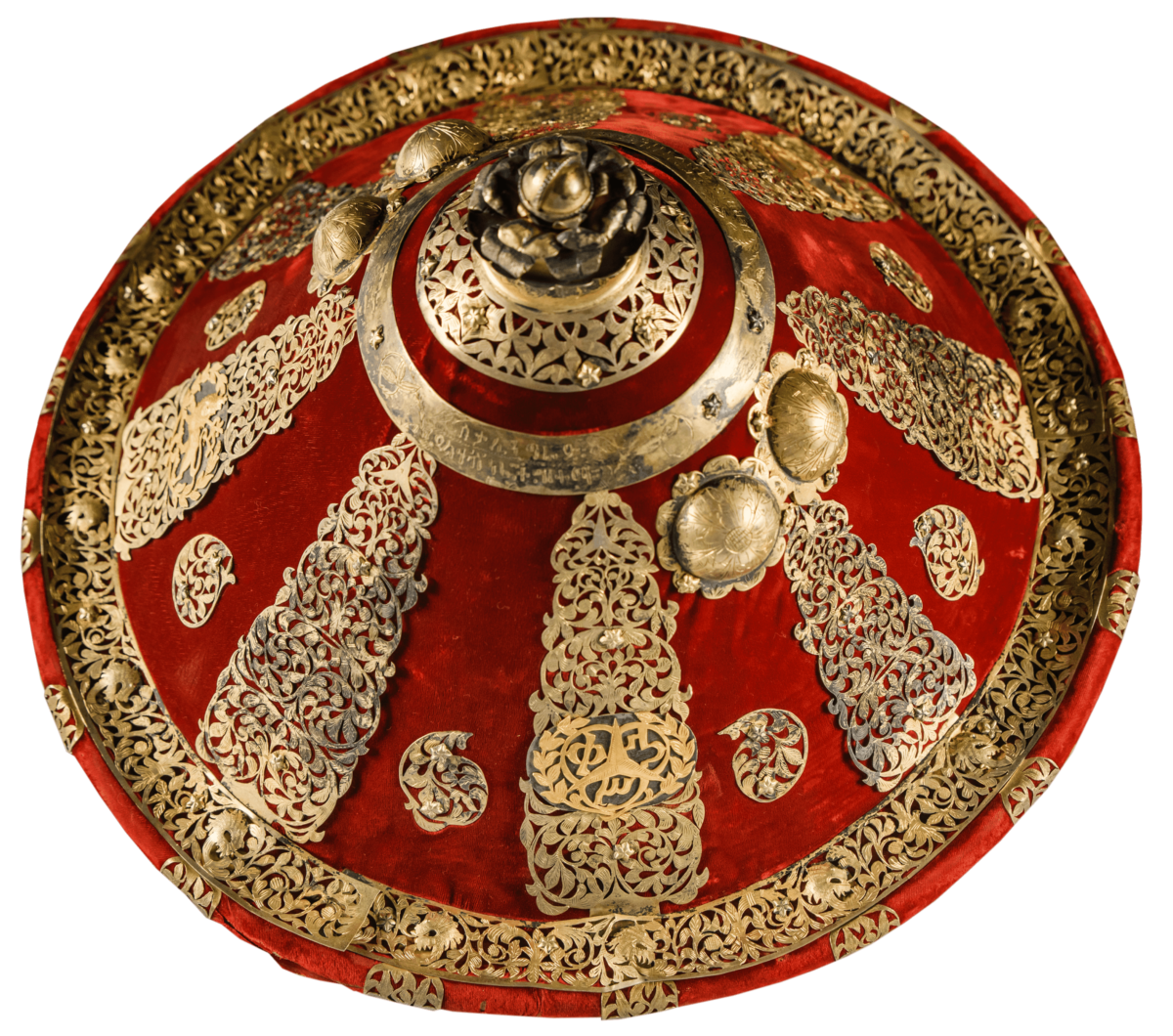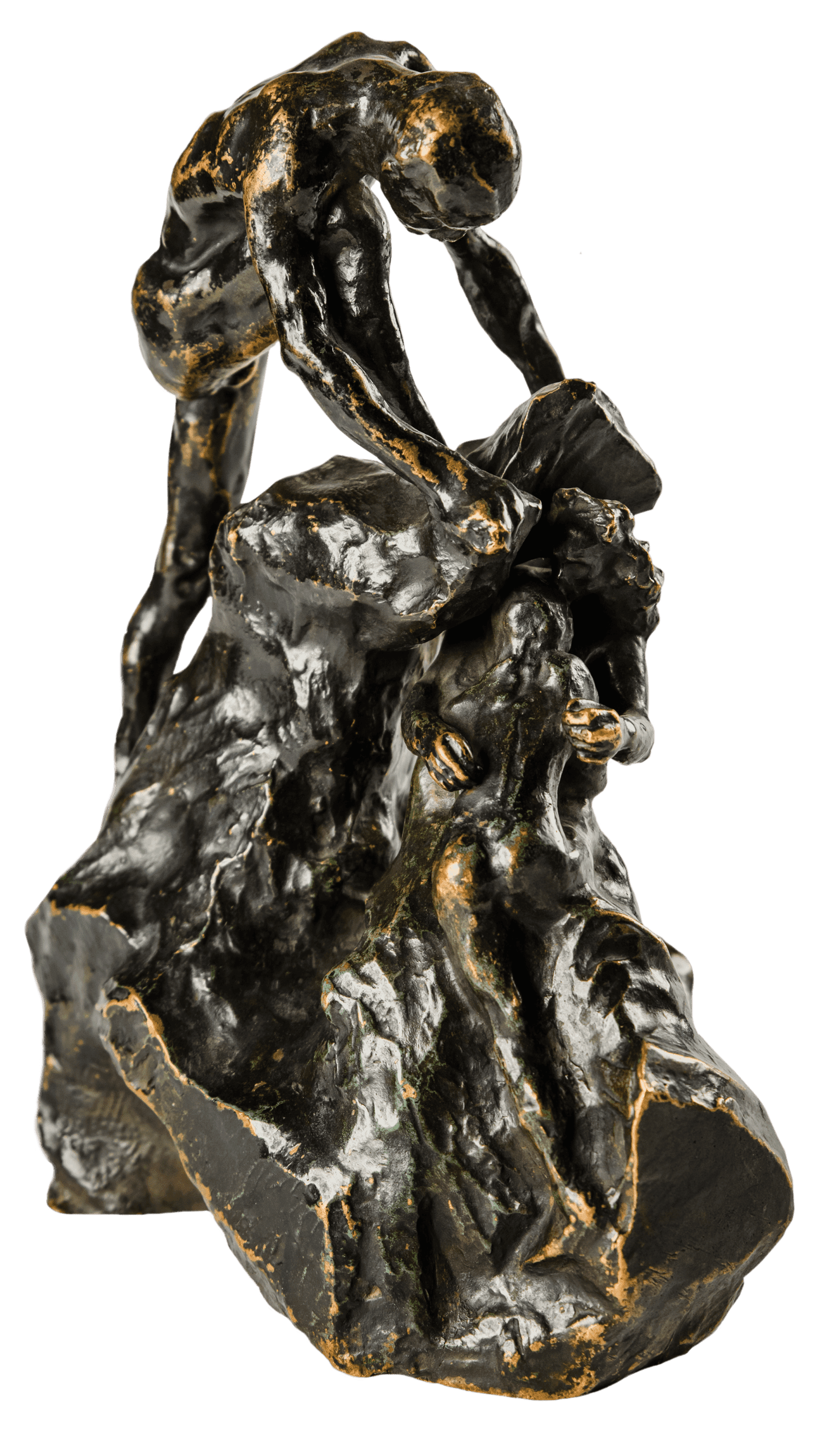The author depicted a giant hovering over a small rock shelter where two lovers are hiding. The painting is inspired by the myth about the cyclop Polyphemus (Πολύφημος) who fell in love with the sea nymph Galatea (Γαλάτεια), but she had already given her heart to the Sicilian shepherd named Acis (Αχις). Polyphemus found Galatea and Acis in a shelter near the sea. The frightened Galatea threw herself into the sea and was saved by the waves. Furious Polyphemus killed Acis by crushing him under a rock torn from the Etna. Acis's blood formed a stream beneath the rock. Galatea turned it into a river flowing down the Etna and into the sea (the river Acis, Aci). The rock that killed Acis cracked and green leaves of reeds appeared in the crevice. From the pure stream appeared a young man with a bluish face wearing a wreath of reeds. It was Acis, he became the river god. In another version of the myth the couple jumped into the sea and turned into two fishes. The sculpture was cast as two separated pieces which were later connected by bronze braces and inside rivets. The author’s autograph on the back slope of the rock reads: “Rodin”.
Rodin Auguste. Sculptural composition “Jealousy”
See also

Vase with a lid
 Czechoslovakia ,
15. October 1969
Czechoslovakia ,
15. October 1969
Vase with a lid
Vase with a lid. A gift from the delegation of Czechoslovakia led by Ludvík Svoboda, the President of Czechoslovakia, to the hero city of Volgograd, 15.10.1969. With the coat of arms of the Czechoslovak Socialist Republic.

Filigree box of Czechoslovak-Soviet friendship
 Czechoslovakia ,
1954
Czechoslovakia ,
1954
Filigree box of Czechoslovak-Soviet friendship
Filigree box. A note to the box in Czech [translation]: "To the city council of Stalingrad during the month of Czechoslovak-Soviet friendship. Made by “Svetom” society, Veľké Rovné, Bytča region, Czechoslovakia, November 1954."

Symbolic shield from Haile Selassie I, the Emperor of Ethiopia
 Ethiopia ,
1944
Ethiopia ,
1944
Symbolic shield from Haile Selassie I, the Emperor of Ethiopia
A gift from Haile Selassie I, the Emperor of Ethiopia, to commemorate the heroic defense of Stalingrad.



